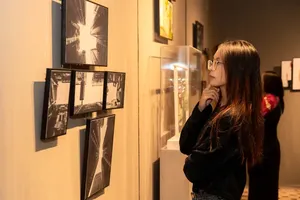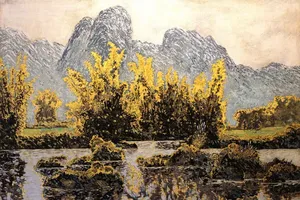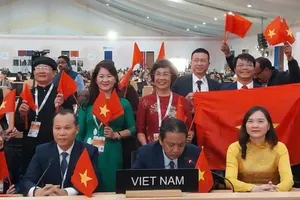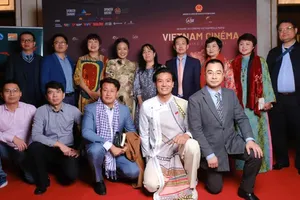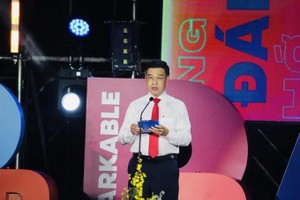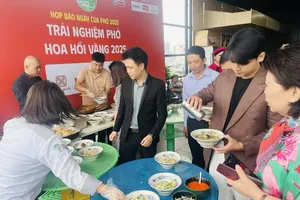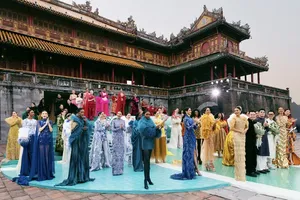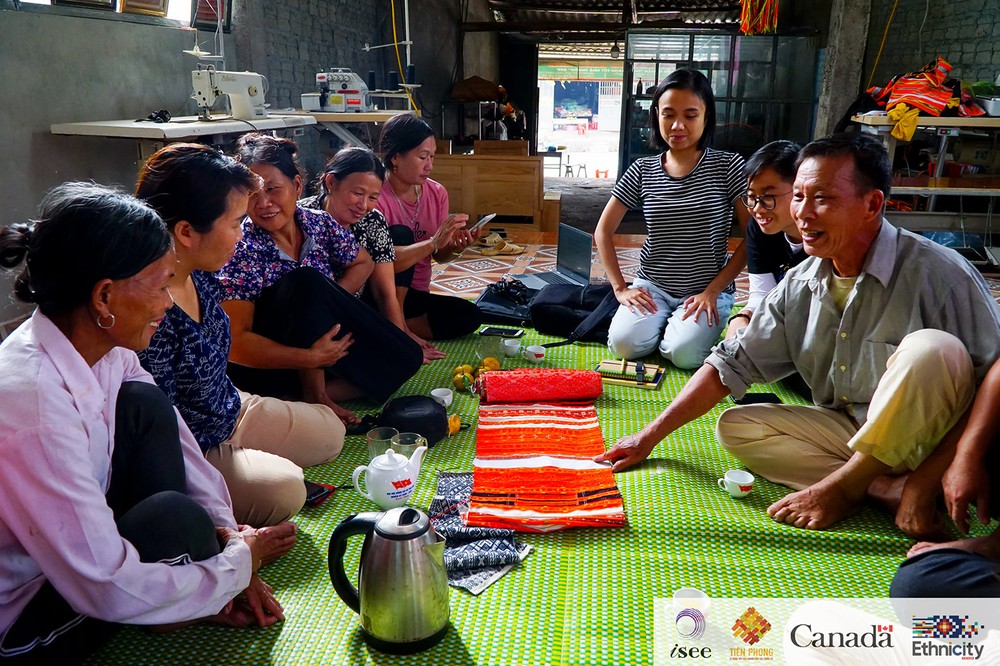
Weaving patterns are not merely for beauty sake but an identity and cultural values of each community. As time passes by, manual weaving techniques have gradually disappeared, and traditional patterns have faded over time. It is, therefore, critical to find ways to preserve and apply them in contemporary life.
Based on that need, the project ‘Ethnicity Vietnam’ started in 2018, aiming at introducing the cultural beauty of ethnic minorities, especially their brocade weaving patterns, to the public via digital tools.
The project uses Adobe Illustrator to analyze the size and ratio of each thread (weaving stitch) before precisely redrawing them for storage. Ethnicity Vietnam wants to create a library of weaving patterns to be a reference for people interested in or conducting research on traditional brocade fabric in Vietnam.
The library consists of four sections, namely traditional patterns, developed patterns, pattern applications, and illustrations. It is expected that these data can help people easily understand the meaning of each pattern and apply it in real life.
After five years, the project has been quite successful in introducing these traditional Vietnamese patterns to the world. Right in 2018, Ethnicity Vietnam was chosen as one of the ten ASEAN projects to be directly presented to former US President Barack Obama.
In September 2019, Ethnicity Vietnam was nominated by the ASEAN Foundation to be the official member of Social Innovation Warehouse - an online repository and promotion of potential social projects of young leaders, linked to sustainable development goals of the UN.
Also in that year, Ethnicity Vietnam was presented at the UNESCO International Youth Forum, held in China, as well as at the meeting of the 43rd World Heritage Committee, held in Baku, Azerbaijan.
Another important goal of Ethnicity Vietnam is to popularize the national culture (cultural values, meanings of life, outlooks) to the young, especially those living in urban areas, like the meaning of its name (combination of Ethnic and City). It also wants to connect young citizens in different communities for further development. This is effectively done each time project carriers visit an ethnic group to obtain a weaving pattern and record the story behind that.
Obviously, the Ethnicity Vietnam project has been able to contribute to preserving Vietnamese weaving patterns and introducing them to the world. It deserves support from the whole community so that the national heritage can live in harmony with modern values of contemporary life.
Ethnicity Vietnam released its first content in the library – the collection of K’Ho weaving patterns – in August 2020. Since then, it has created four digital sections for other patterns of 14 ethnic minorities of K’Ho (in Lam Dong Province), Ma (Dong Nai Province), Cham (Ninh Thuan Province), Muong (Thanh Hoa Province), Pa Then (Ha Giang Province), Co Tu (Quang Nam Province), Bana, Brau, Gia Rai, Gie Trieng, Xo Dang, Ro Mam, and H’Re (Kon Tum Province). They include 500 preserved patterns, 100 developed patterns, 100 pattern applications, and 50 illustrations of ethnic people’s life.

